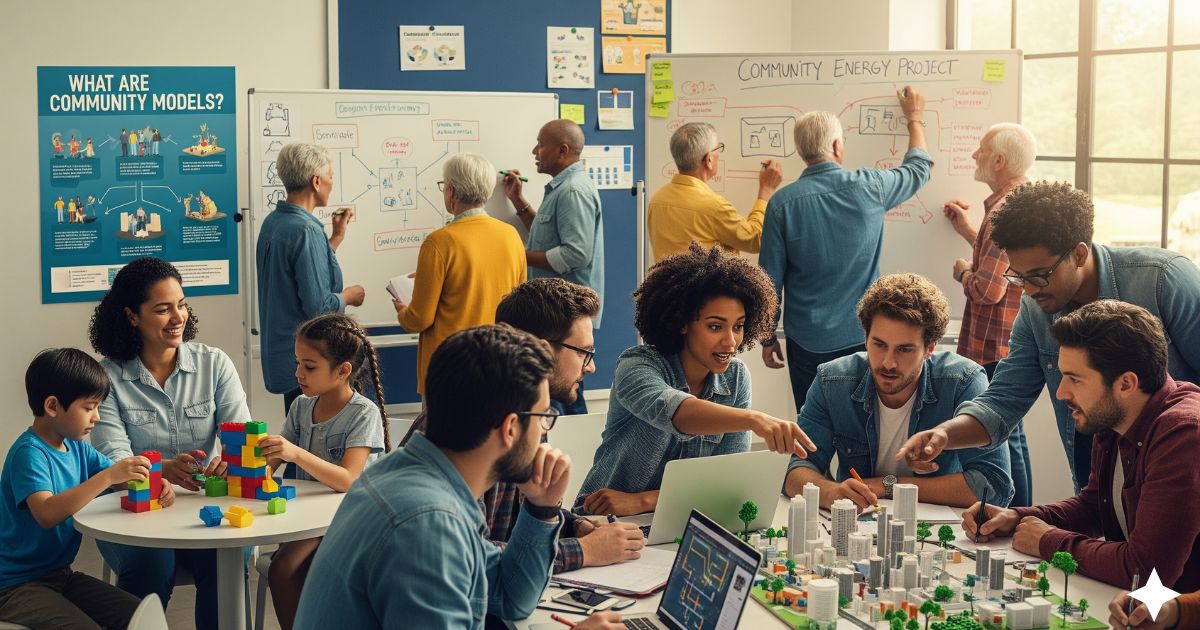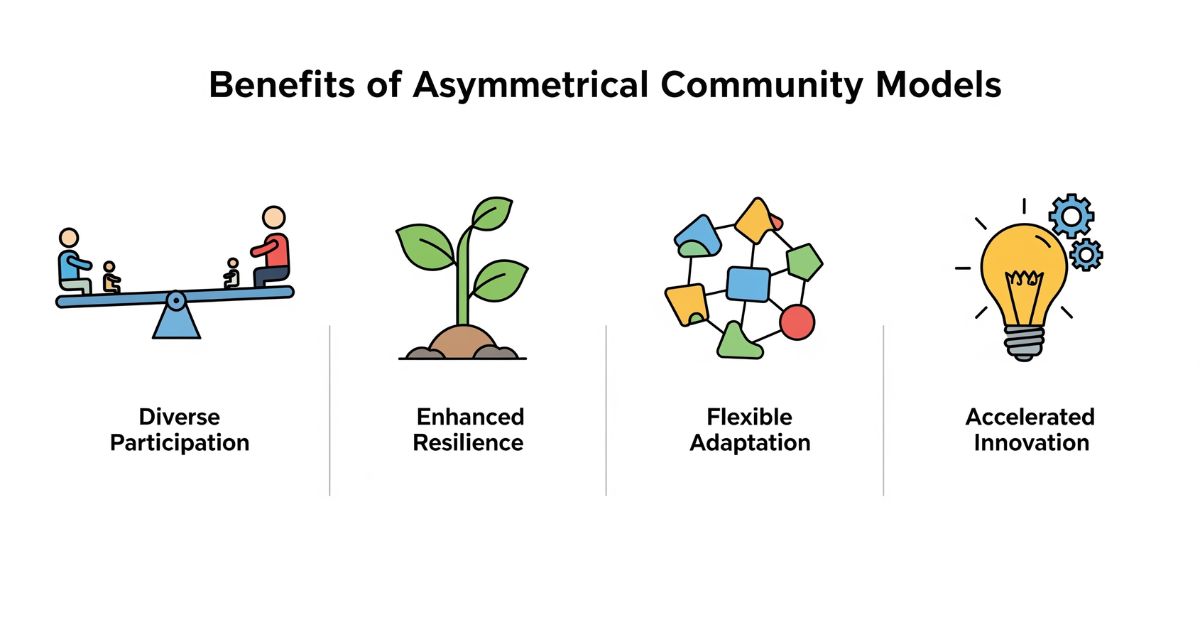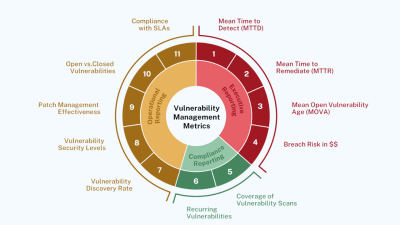In traditional communities, people often expect contributions and rewards to be roughly equal. You give, and you get in return. However, some modern community models operate differently. They are built around asymmetrical value exchange, where some members contribute more while others benefit more. At first, this might seem unfair, but it is often intentional and carefully designed to strengthen social bonds, foster strong community networks, and create meaningful social impact.
As society moves toward more digital and remote interactions, understanding these community models has become crucial. They help groups maintain engagement, trust, and collaboration even when physical interactions are limited.
What Are Community Models?
Community models define how members of a group interact, share resources, and create value. These frameworks shape social relationships, determine how trust is built, and influence how people collaborate. Not all community models are equal; some emphasize balanced contribution, while others embrace intentional asymmetry to maximize participation and learning.
In essence, a community model is the blueprint for strengthening the community. It clarifies how roles are divided, how contributions are recognized, and how benefits are distributed. By understanding the right community model, leaders can cultivate healthy relationships, deepen community bonds, and enhance overall community engagement.

Understanding Asymmetrical Value Exchange
Asymmetrical value exchange occurs when contributions and benefits are intentionally unequal. This approach is often designed to leverage expertise, encourage mentorship, or maximize the impact of committed members. Rather than viewing imbalance as unfair, these community models treat it as a strategic way to build stronger social bonds.
Examples include:
-
Mentorship Programs: Experienced members dedicate their time to guide newcomers. While mentors might receive less immediate benefit, their contributions strengthen social relationships and cultivate trust within the group.
-
Open-Source Projects: Core contributors do the majority of development work, while the larger community benefits from the project. The efforts of a few result in a collective gain.
-
Subscription-Based Communities: Heavy contributors, whether through money, skills, or time, enable access and value for less active members, creating sustainable community engagement.
These examples show that intentional asymmetry can actually enhance long-term social impact by encouraging participation, appreciation, and mutual respect.

Why Asymmetrical Community Models Work
-
Encourages Expertise Sharing: Allowing some members to contribute more ensures that specialized knowledge benefits the whole group.
-
Strengthens Social Bonds: Unequal contributions build trust, gratitude, and recognition among members.
-
Promotes Engagement: When members see that their contributions matter, they remain active and committed.
-
Supports Community Recovery: In post-pandemic or digital-first environments, these models are critical for rebuilding social bonds and nurturing strong community networks.
By recognizing that not every member needs to give and receive equally, communities can focus on collective value and long-term sustainability.
How to Implement Asymmetrical Value Exchange
To successfully implement asymmetrical value exchange, leaders can:
-
Define Member Roles Clearly: Clarify who contributes more and who benefits more to manage expectations.
-
Acknowledge Contributions: Recognition motivates high-contributing members and reinforces their commitment.
-
Encourage Reciprocity: Over time, give beneficiaries opportunities to contribute back, maintaining a cycle of engagement.
-
Focus on Long-Term Impact: Evaluate success not by immediate equality but by the health of community bonds and social relationships.
When done thoughtfully, these strategies help maintain engagement, foster meaningful participation, and enhance the sense of belonging within the group.
Benefits of Asymmetrical Community Models

-
Encourages peer learning and mentorship.
-
Strengthens healthy relationships through trust and recognition.
-
Creates strong community networks that last.
-
Supports sustainable community engagement and long-term social impact.
By allowing contributions to vary and recognizing their importance, these community models nurture both personal growth and group success.
Conclusion
Asymmetrical value exchange may feel unconventional, but it works. Community models that embrace intentional imbalance help members form deeper social bonds, strengthen community engagement, and create lasting social impact. By focusing on contribution, recognition, and thoughtful reciprocity, groups can build healthy relationships, foster strong community networks, and ensure every member feels valued.
Understanding and applying these principles allows organizations, online communities, and social groups to thrive in an increasingly digital and remote world, proving that unequal contributions can still lead to equal—and even greater—benefits for everyone.





